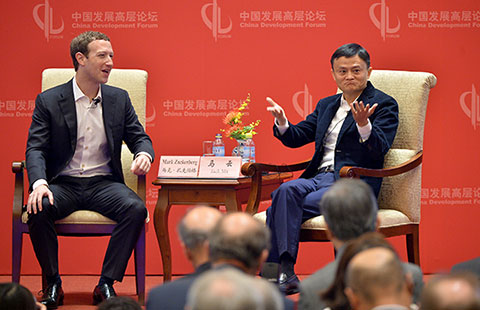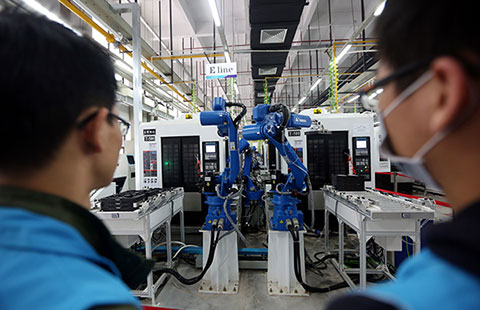China's green transition boosts national, global economy
(Xinhua) Updated: 2012-10-02 10:48"I believe a more sustainable growth in China can turn out to be an advantage to Danish companies because of the technologies and solutions we have developed in our effort to create a green economy," said CEO of the CDI, Karsten Dybvad, during a recent interview with Xinhua.
According to the CDI, the Danish economy has grown 78 percent since 1980, while keeping energy consumption more or less constant and slashing carbon dioxide (CO2) emissions, owing largely to technological developments in renewable energy and energy-saving.
The Danish or Nordic model of green development can be adopted in emerging economies as well, as long as they are scaled-up and adapted to fit local needs, experts say.
In fact, technology adoption and transfer would likely see Nordic technology and energy firms work even more closely with Chinese partners so as to better understand and respond to the needs of China's green market, Christensen said.
New chances
"China is at a crucial stage where the tracks will be laid out for the future direction of welfare policies and economic restructuring," Dybvad said, referring to China's move away from export-led growth and towards greater domestic consumption.
The social impact of re-balancing can perhaps be felt most palpably in the way China expects to care for its rapidly-aging population. According to Chinese official data, the country's elderly population equaled 185 million persons at the end of 2011, and is expected to be 221 million before 2015.
"Danish politicians have talked about exporting our welfare technology for a long time. This means equipment for old people's homes and hospitals, and tools which makes life easier for the elderly and for those who work with them," said Christina Boutrup, author of "China Sweet and Sour", a book on Danish companies' experiences in China.
"While this was just a dream scenario for Danish exporters in the past, China's move towards sustainability means the dream can now be realized," she added, pointing to this burgeoning area of business collaboration.
Although Danish companies can face "fierce competition from local players" when marketing welfare or energy technologies in China, Boutrup believes they hold a competitive edge as they can meet China's increasingly tighter environmental regulations, "even if they are more expensive."
Whatever the specific, future investment areas, companies will need a stable market with clear policy indicators of how best they can deploy their resources over time.
Given the Chinese government's grip on macroeconomic policy, Christensen believes these factors already exist in China and are among the stepping-stones to its green transition.
"If investors are going to put money into establishing a new technology or company, they need to be sure there is a market. In China, there is a market and a clear horizon, which the Chinese government is pretty good at showing, as it puts up both short-and-long term economic goals," he said.
- China makes gains, faces hurdles in extending financial services
- SoftBank staffs cell phone store with Pepper robots
- Domestic e-cycles maker Yadea unveils 'smart' scooter
- Premier Li underscores global cooperation while meeting entrepreneurs
- Vice Premier urges efforts to boost foreign trade
- CNOOC profits plunge on lower oil prices
- Hainan Airlines posts 15.88% profit increase
- Enterplorer to open enterprise mobile officing era
















